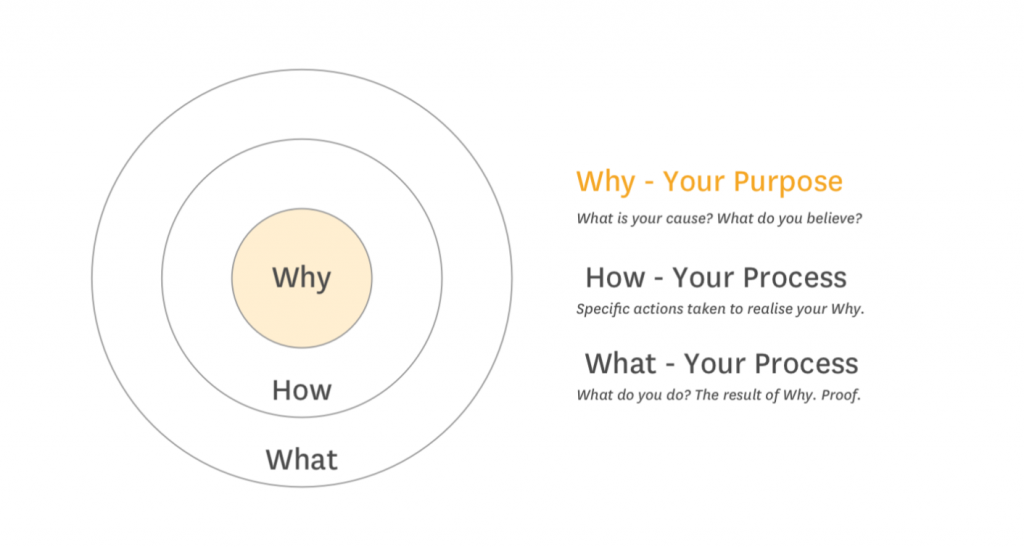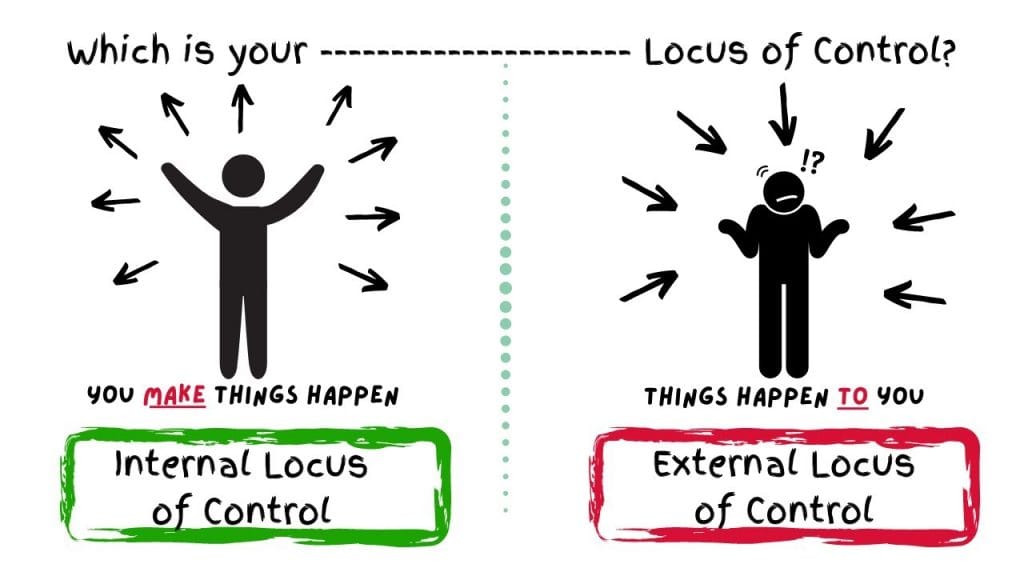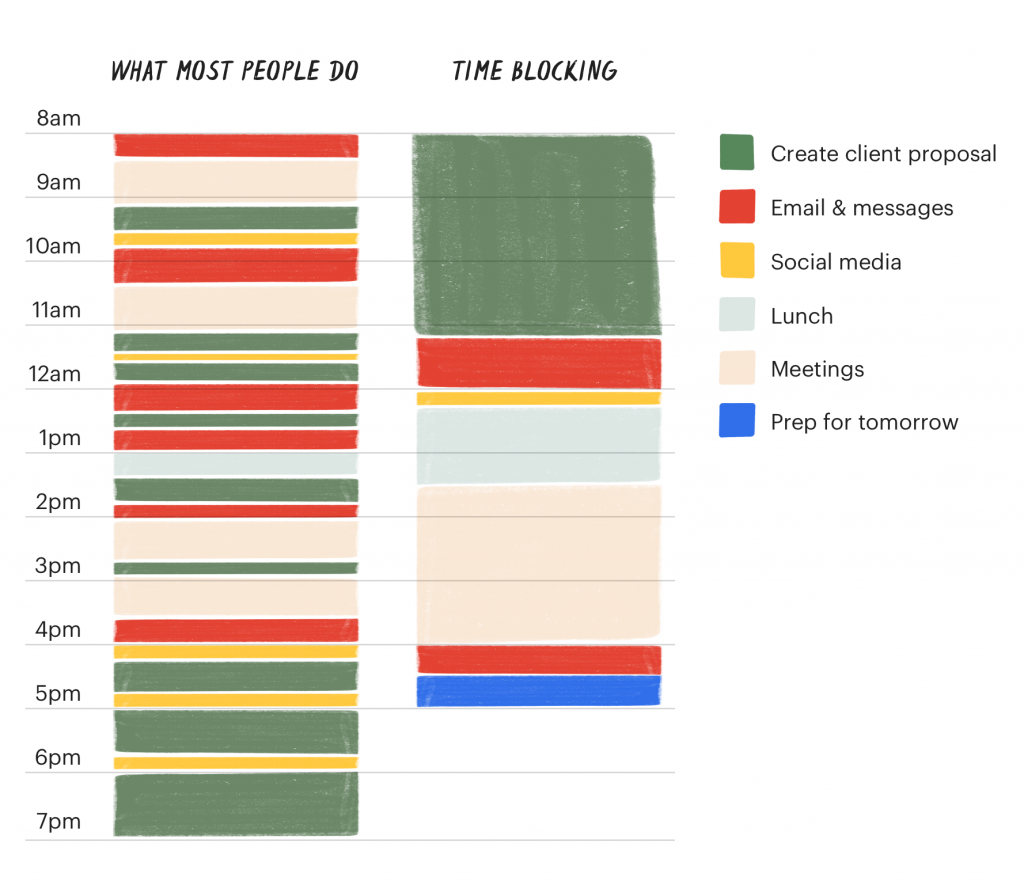Join thousands of readers 
Get the Feel Good Sundays newsletter sent straight to your inbox!

Raise your hand if you've been personally victimized by the "covid years". 🙋♀️
We keep hearing about "the new normal" and "things finally going back to how it was" but we're not talking enough about the fact that things have changed and how we have collectively experienced some serious trauma along the way.
I know I'm not speaking for myself when I say that the word "motivation" has been missing from my vocabulary since 2020. I've lost motivation to workout, for work, and no matter how hard I try it seems impossible to get back to feeling how I felt pre-2020.
Does this mean I'm no longer hardworking? Nope. Am I still achieving what I need to achieve? Yeup! But do I feel exhausted and beat down and worn out? Definitely also yes.
So instead of pretending like the covid years did not happen and that we're all happy and back to how we were, let's bring some awareness to how we're feeling now, how motivation seems to always be lacking, and chat about some solutions.
Motivation is defined as "the general desire or willingness of someone to do something." Motivation also splits into intrinsic and extrinsic motivations. Intrinsic motivations could be self-fulfilment, curiosity, desire, your goals, your values, or any other internal dialogue that could inspire you to want a specific outcome. Extrinsic motivations are your external factors such as money, success, social hierarchy, etc.
Although both types of motivations are valid and different scenarios will require different sets of ambition and drive from individuals, ultimately we want to try to achieve lasting motivation.
Motivation can be easy to spook. Having an off day? Feeling tired? Something got you down? Poof, there goes your motivation. When this inevitably happens, you need to have an anchor that will help reel it back and remind you what you're working towards. That anchor is your "why".
One of my favourite quotes from the book 'Start With Why' by Simon Sinek:
“Working hard for something we do not care about is called stress, working hard for something we love is called passion.”Simon Sinek, Start with Why: How Great Leaders Inspire Everyone to Take Action

Defining your 'why' early on in your goal setting process is a great way to ensure that you stay motivated throughout the course of trying to achieve that goal. By defining your why, you're actually tapping into your innate drive to align your actions with your values and beliefs. Although external factors can also push you forward (who doesn't love a few extra digits in their bank account), you'll still lose steam when you don't have an internal reason to drive you.
Defining your 'why' also helps to reinforce a sense of control in your life. Having an internal locus of control (meaning you feel like you believe you have control over the outcome of events in your life) you're much more likely to be intrinsically motivated to engage in further actions.

TL;DR: The best way to keep yourself motivated is by defining your 'why' early on and revisiting it often. I'd say this is the bonus step or the step "0". You should accomplish this step first because it's what you'll need to come back to when your motivation wanes.
Once your step 0 has been accomplished, here are 6 more strategies that work well for me when it comes to regaining and maintaining my motivation.
Overwhelm is my kryptonite and it's what paralyzes me when work adds up. So instead of focusing so much on the bigger picture and the overarching projects, breaking work down into smaller, more achievable tasks allows me to work through those tasks more thoroughly and feel better about my day-to-day to-do list.
Ex. If I have "Film a YouTube video" as my task for the week, I'll break it down into all the individual parts that go into creating a YouTube video and schedule it out throughout my week. These tasks could include brainstorming the video, writing the script, filming b-roll, filming the main talking portions, and so on.
Tying in with the last task, once I have my tasks and goals in mind, I can start to time block it into my schedule. Time blocking is a productivity technique where you divide up your day into smaller segments or blocks for specific tasks or to-dos. This is typically done in an calendar such as Cron or Google Calendar.

When used correctly, time blocking encourages more focus on specific tasks and gives you guidance on what you should be doing at each point of the day. When I'm feeling lazy and uninspired, having my day time-blocked is a great method to keep me moving by eliminating the additional decision fatigue.
The social model method is mentioned in Ali Abdaal's new book, Feel Good Productivity. It's the act of witnessing or hearing about someone else's performance related to the task that you're going to undertake yourself. Studies have shown that just by watching someone else accomplish something, it can actually boost your own confidence for accomplishing the task. This is probably my favourite strategy because it means I can watch more YouTube content!
There's been so many times where I'm halfway through a YouTuber's video and I suddenly feel a renewed sense of energy towards the task that I've been putting off. So now, when I get the urge to procrastinate, I search up a vlog or educational video where someone else is doing what I need to do, and it almost instantly puts me into action.
I learned about habit stacking when I read Atomic Habits by James Clear and it seriously changed the way I approached building habits. When you build habits, your brain is building a strong network of neurons to support you repetitive behaviours. Aka the more you do something, the stronger and more efficient the connections become.
What most people overlook are the existing habits and connections in their day-to-day. By examining and identifying your existing habits, you can actually form new habits more easily by stacking them with something you already do.
For example, if I struggle with brainstorming new video content for my channel, I could stack the habit of "brainstorming 3 ideas" with my pre-existing habit of making coffee. So every day as I enjoy the first sips of my coffee, I quickly jot down 3 ideas in my notes. These 3 ideas may not be perfectly formed or even viable for my channel but that's not the point of the exercise. The exercise is that I'm starting to form new connections in my brain that tells me when I accomplish x, I then do y which helps me to form this new habit.
In relation to motivation, when you're feeling like you JUST CAN'T work on some specific task, try to stack it with another existing habit. There's something about habit stacking that makes accomplishing certain tasks feel easier to achieve.
We've all heard of SMART goals, but have you heard of NICE goals? Another strategy I pulled from Ali Abdaal's book that I think could really make the difference when it comes to your motivation.
SMART stands for specific, measurable, achievable, relevant, and time-bound. Although I still believe that this is an amazing way to set goals, sometimes these goals can be too high-level leaving you to fill in the gap about how to accomplish these goals in the day-to-day.
Abdaal's method to combat this issue is the "NICE" goal method. Also known as setting near-term, input-based, controllable, and energizing goals.
Near-term: this ensure that we're focusing on the immediate steps needed to accomplish your larger SMART goal.
Input-based: by defining the input needed to execute larger projects, you're placing more focus on the process rather than the output.
Controllable: goals are great but if you're setting goals that are out of your control (like reaching 1 million YouTube followers), then you're leaving too much power with external factors. Although setting the goal of hitting a million YouTube followers is a great driver, you need to break down your goal into achievable, controllable tasks. You may not be able to control how the algorithm treats you, but you can control how many videos you make a month.
Energizing: Abdaal talks a lot about making sure the things you're doing are energizing and excite you. This portion of the acronym supports that by giving you the opportunity to integrate play, people, and power into what you're trying to achieve.
If working on a task for an hour seems impossible (as it often does when our motivation leaves us), you can try the 10 minute rule. The rule is simple: set the goal of working on the task for just 10 minutes and give yourself the permission to quit after that. By setting such an achievable time goal, it'll make your tasks feel way less daunting and way easier to start.
Typically when you start a task, by the 10 minute mark you'll feel you can continue on for a while longer. But if you are having a day where after 10 minutes you're ready to quit, be kind to yourself! 10 minutes of work is better than no work at all so you're already ahead of the game.
It's never easy to push through when it feels like you're walking in quicksand. But sometimes you just need new ways to tackle a situation to reinvigorate your desire to accomplish your goals. Try these strategies out and let me know which ones work for you!
Get the Feel Good Sundays newsletter sent straight to your inbox!